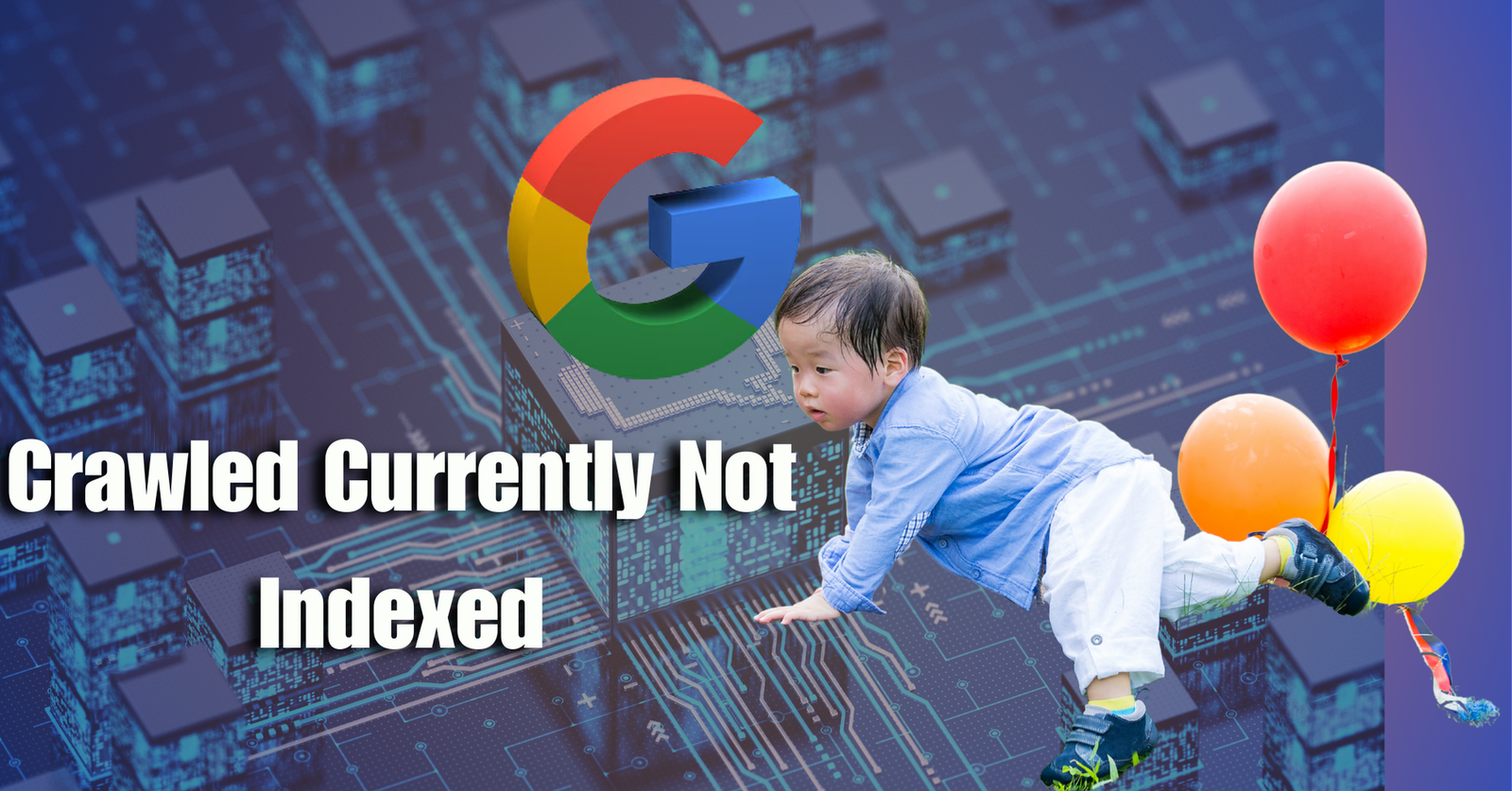
Table of Contents
ToggleIntroduction
Search Engine Optimization (SEO) is like an endless ocean—deeper than I ever imagined. Every day, I realize how vast and complex this field truly is. I used to wonder why businesses spend so much money hiring SEO specialists. But now, as I dive deeper into this ocean, I understand the necessity.
Working in SEO presents new challenges daily, making me feel like a beginner despite all my learning. And some challenges don’t just slow me down—they completely shake my confidence!
One morning, I logged into Google Search Console and noticed that 13 of my important pages were marked as “Crawled – currently not indexed.” My first reaction was,
“What kind of issue is this?”
Google crawled my pages, but why didn’t it index them? Did I make a mistake? Or does Google not find my website valuable enough?
The first questions that came to mind:
- Google crawled my pages but didn’t index them—why does this happen?
- Are there technical issues on my site preventing indexing?
- Could it be due to poor page speed, weak SEO, or incorrect meta tags?
At first, I felt completely stuck, like I had encountered a problem with no solution. But then it hit me—if there’s a problem, there must be a solution. Instead of panicking, I decided to dig deeper and analyze my mistakes.
As an SEO specialist, problem-solving is a part of my daily routine. So, I set out to uncover why my pages were labeled as “Crawled – currently not indexed” and how I could fix it.
In this article, I will share my personal experience of understanding this issue, exploring its causes, and implementing practical solutions to get my pages indexed.
If you’re facing the same problem in Google Search Console, stay with me till the end. I won’t just discuss the issue—I’ll also share my real-life strategy to fix it!
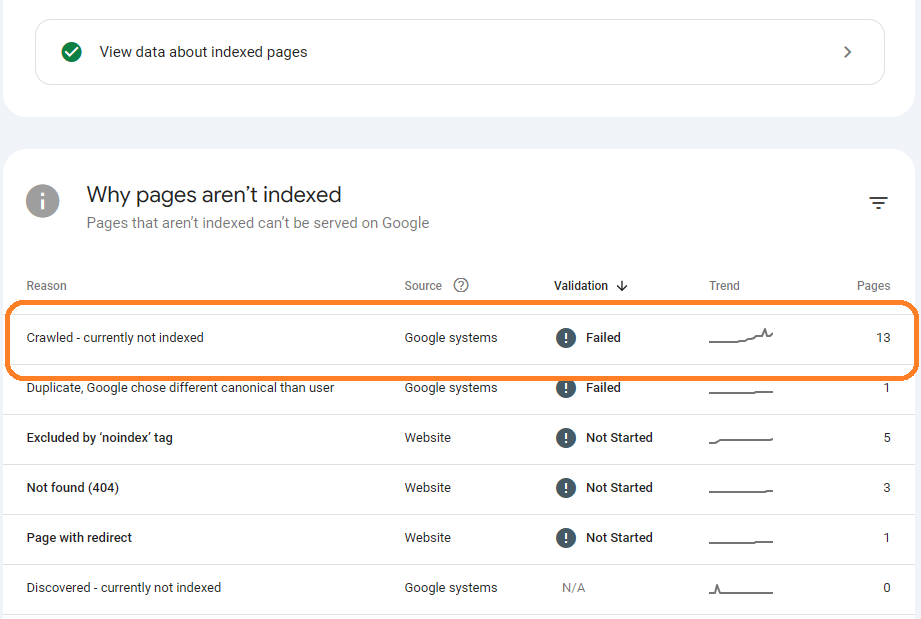
The Discovery of the Issue
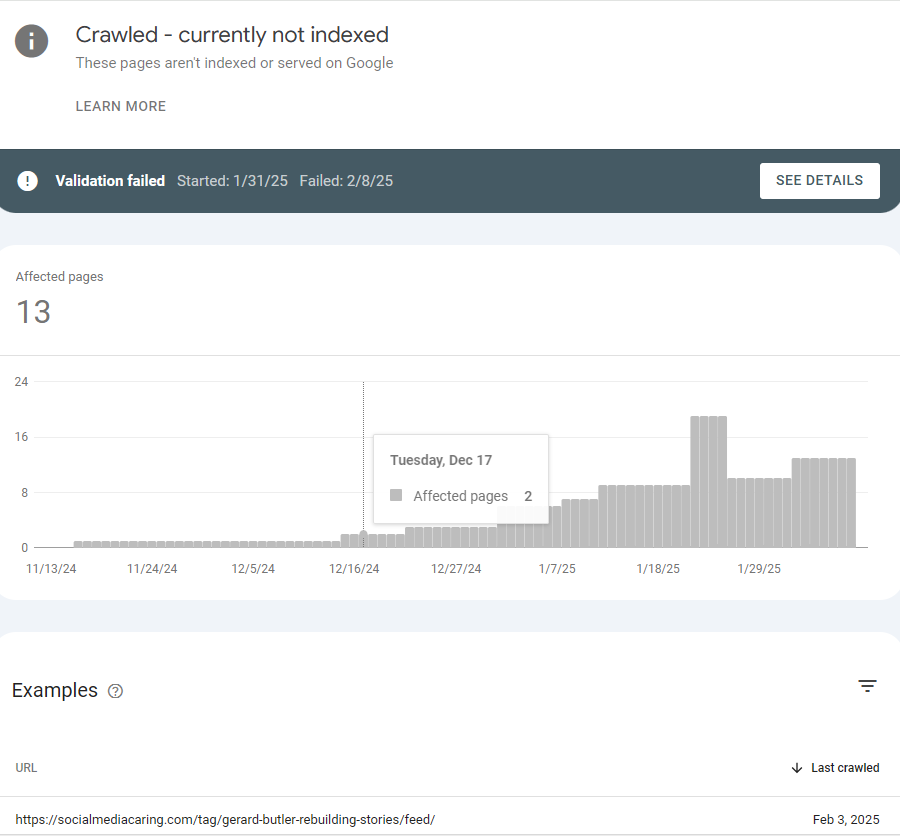
When I saw a notification in Google Search Console, my heart skipped a beat, unsure of what the problem might be. I got a shock when I discovered the “Crawled – Currently Not Indexed” issue. After taking a moment to calm myself, I tried to understand what exactly was happening. First, I clicked on the highlighted orange box. Even though I had been working on SEO for a while, I still couldn’t figure out where the problem lay.
When I checked the related link, I realized that the article didn’t look good to me. This article had been posted right from the launch of my website, and I could tell that it hadn’t been arranged properly.
My content formatting was completely wrong. The H1 to H3 structure was all over the place, which prevented Google from reading the page correctly. Also, there was no proper SEO keyword targeting, which should have guided Google about the main topic of the content. The main content was not readable either, as the paragraphs were long and confusing. As a result, Google was either not indexing these pages or was unable to do so.
I checked each page, and almost all had the same issues. Once I realized this, I was sure that Google didn’t consider my pages to be “valuable” enough because their internal content formatting, proper SEO structure, and readable content were not properly arranged. These factors are crucial for Google’s indexing process.
At that moment, I understood how significant my SEO mistakes were, and how content formatting plays a major role. But I knew that every problem has a solution. So, I began searching for the fix.
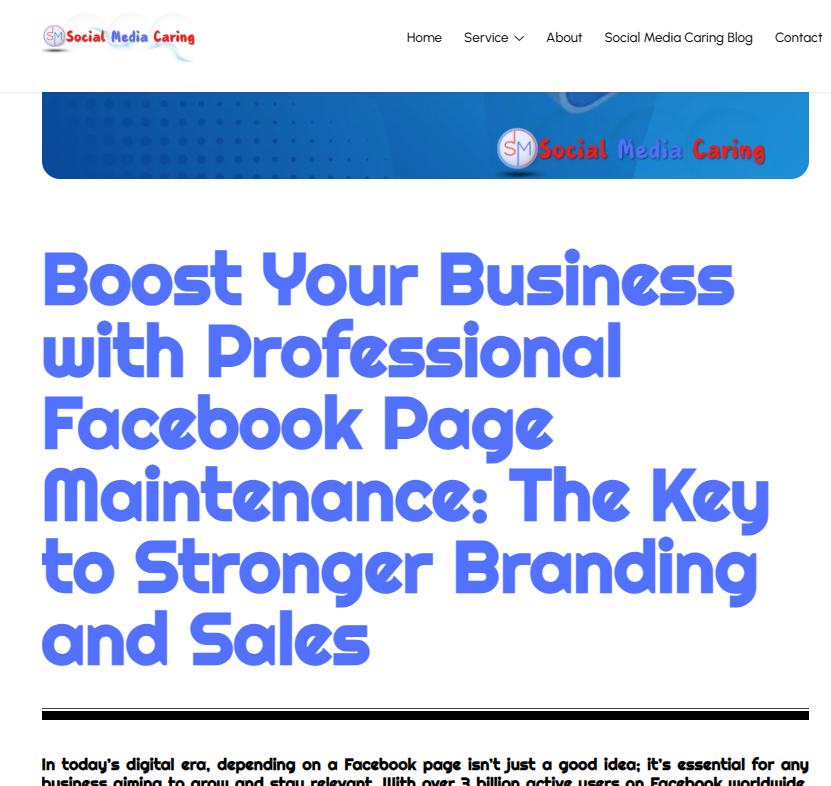
Digging Deeper: Finding the Root Cause
The issues I mentioned earlier were the ones I suspected. It felt like when you’re searching for a thief, you start doubting even innocent people. However, beyond just my assumptions, I needed to analyze things more carefully. Here’s what I did:
1.Used the Google Search Console URL Inspection Tool:
First, I used the URL Inspection Tool in Google Search Console to check the actual status of each page. This tool revealed that Google was crawling my pages but not indexing them. But why? To find the exact reason, I moved on to the next step.
2.Checked the "Request Indexing" Option:
Next, I tried using the “Request Indexing” option to encourage Google to re-index my pages. However, despite multiple attempts, I kept getting the same issue: Crawled – Currently Not Indexed. This frustrated me even more and shook my confidence. Why was this happening?
3.Examined My Website’s Code Structure, Meta Tags, and Robots.txt File:
I then carefully reviewed my website’s code structure, meta tags, and robots.txt file. There were no restrictions in the robots.txt file that could prevent Google from crawling my pages. However, I did find some errors in my code structure and meta tags, which seemed to be affecting the indexing process—exactly what I had suspected at the beginning of my analysis.
4.Realized That Google Was Crawling My Pages but Not Indexing Them Due to Lack of Value:
Finally, I discovered that while Google was successfully crawling my pages, it didn’t find them valuable enough to index. This meant that my content, formatting, and SEO were not optimized properly. Since the pages didn’t contain enough valuable or relevant content, Google didn’t consider them worth indexing.
Since steps 1 and 2 didn’t reveal any major issues, step 3 became my main focus. At this point, I was almost certain that while Google could crawl my pages, they lacked the necessary quality for indexing. This realization made it clear that the problem was with my website’s content quality and SEO optimization.
However, I remained hopeful—by learning from these mistakes, I knew I could fix them and get my website back on track!
The Fixing Strategy
“Structuring website posts is truly an art!” – Keeping this thought in mind, I realized that my website had some fundamental mistakes that needed to be fixed. To resolve the issue, I took the following steps:
✅ Implemented SEO-Friendly Keyword Targeting (Used the Right Keywords):
First, I selected the correct SEO keywords and strategically incorporated them into my content. I ensured that these keywords were properly placed in the page title, meta tags, and content, allowing Google to easily understand the page’s subject matter and rank it accordingly. This significantly improved the overall value of my website.
✅ Fixed H1-H3 Heading Structure (Multiple H1s on a Single Page? A Big Mistake! 😅):
I noticed that the H1-H3 headings were not properly structured on my pages. Some pages had multiple H1 tags, which is a major SEO mistake! To fix this, I reorganized the heading structure, ensuring that H1 was used only for the main title, while H2 and H3 were utilized for subheadings. This made my page content more structured and easily understandable for Google.
✅ Created User-Friendly Content (So That Humans, Not Just Bots, Can Read and Understand It):
I focused on writing user-friendly content that was easy to read and understand. Instead of writing just for search engine bots, I made sure that my content was engaging and valuable for human readers. I also used keywords naturally within the text to maintain readability and effectiveness.
✅ Increased Internal Linking (So That Google Can Easily Discover My Pages):
I implemented proper internal linking across all pages on my website. This helped Google’s crawlers navigate through my pages more efficiently and improved the overall SEO performance. Additionally, internal linking made it easier for users to discover related content, enhancing the user experience.
✅ Resubmitted Pages for Indexing via Google Search Console:
After making all the necessary changes, I went to Google Search Console and submitted a “Request Indexing” for each page. This allowed Google to recrawl and reevaluate my content. I expect that these changes will help my pages get indexed faster, as Google bots can now properly understand and assess their value.
This was my strategy and action plan to resolve the “Crawled – Currently Not Indexed” issue. If you’re facing the same problem, you can follow these steps to fix it effectively!

The Dramatic Moment: Google's Response
After taking all the necessary steps, the only thing left to do was wait… two days… three days… and the suspense kept building. Every morning, I would open Google Search Console (GSC) with anticipation, hoping to see some progress.
Then, one morning, as I logged in— Boom! A surprise awaited me!
Most of my pages had been successfully indexed!
I couldn’t believe my eyes! After struggling with the “Crawled – Currently Not Indexed” issue for so long, my efforts had finally paid off. Google had recognized my improvements, and the pages that were previously stuck in limbo were now appearing in search results.
At that moment, I felt an overwhelming sense of relief and excitement. The lessons I learned from this experience were invaluable:
✔️ Content structure and formatting truly matter! Without a proper H1-H3 structure and well-organized content, Google won’t see your pages as valuable.
✔️ Keyword placement must be strategic! Simply stuffing keywords isn’t enough; they must be used naturally and effectively within the content.
✔️ Internal linking plays a huge role! Properly connecting pages makes it easier for Google bots to crawl and understand site relevance.
✔️ User experience is key! If content is poorly formatted or hard to read, it won’t just affect SEO—it will also turn away visitors.
This entire journey reinforced a crucial lesson: SEO is not just about ranking—it’s about creating valuable, well-structured content that both users and search engines appreciate.
So, if you’re struggling with indexing issues like I was, don’t lose hope! Follow the right steps, optimize your content, and stay patient—Google will eventually recognize your efforts!
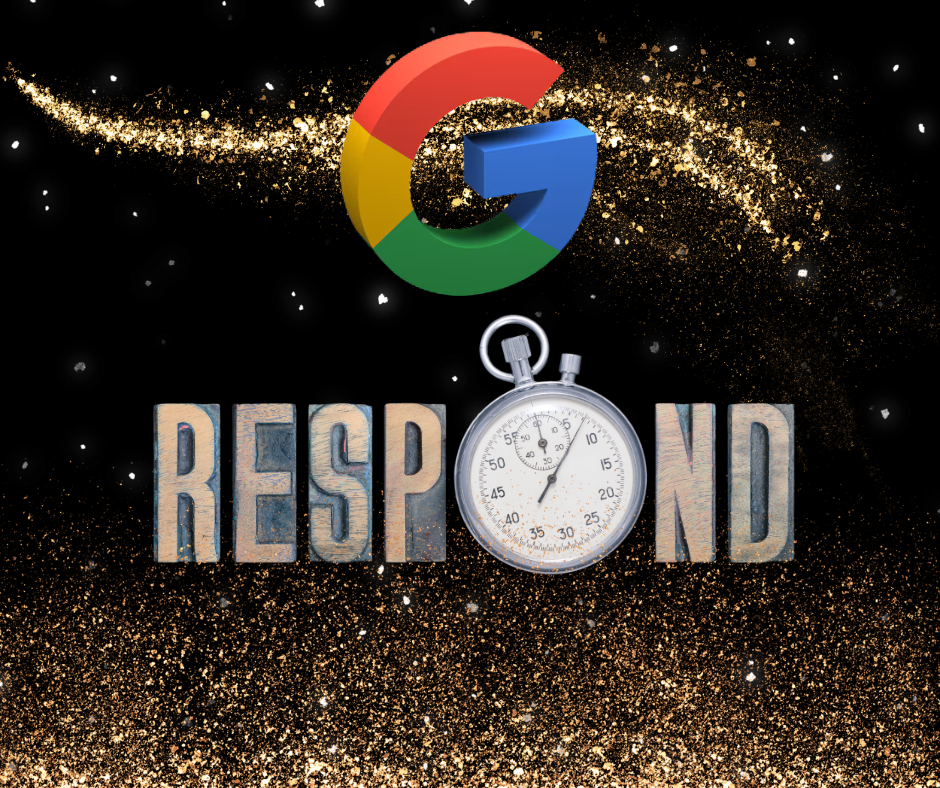
Final Thoughts & Advice: Lessons Learned & Key Takeaways
One of the biggest lessons I learned from this experience is that Google will crawl your site, but if your content isn’t valuable enough, it won’t get indexed!
It doesn’t matter how many articles you publish—if they’re not properly structured, optimized, and user-friendly, Google won’t recognize them as worthy of indexing. The key to overcoming the “Crawled – Currently Not Indexed” issue lies in proper SEO setup, content formatting, and a user-centric approach.
My Advice for Beginners Facing Indexing Issues
1. Master Google Search Console – Learn how to use URL Inspection Tool, Request Indexing, and Coverage Reports to diagnose problems.
2. Optimize Your Website’s Content – Structure your headings (H1-H3), use relevant SEO keywords, and ensure readability for both users and search engines.
3. Be Patient & Stay Consistent – Google doesn’t index pages instantly. It takes time, but if you optimize your content correctly, you will see results!
Have You Faced the “Crawled – Currently Not Indexed” Issue?
If you’ve been struggling with this problem, share your experience in the comments! Let’s discuss and find solutions together.




